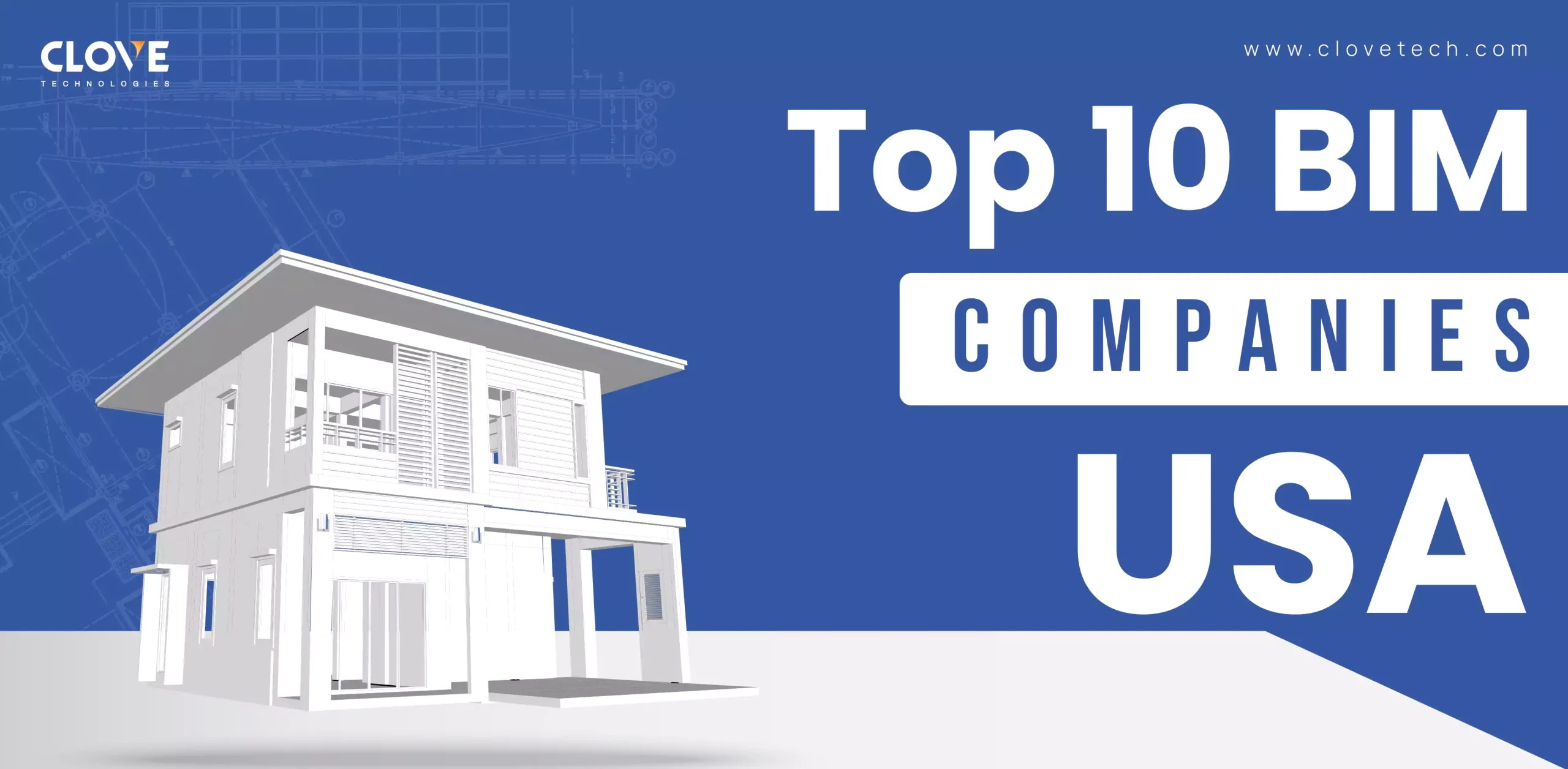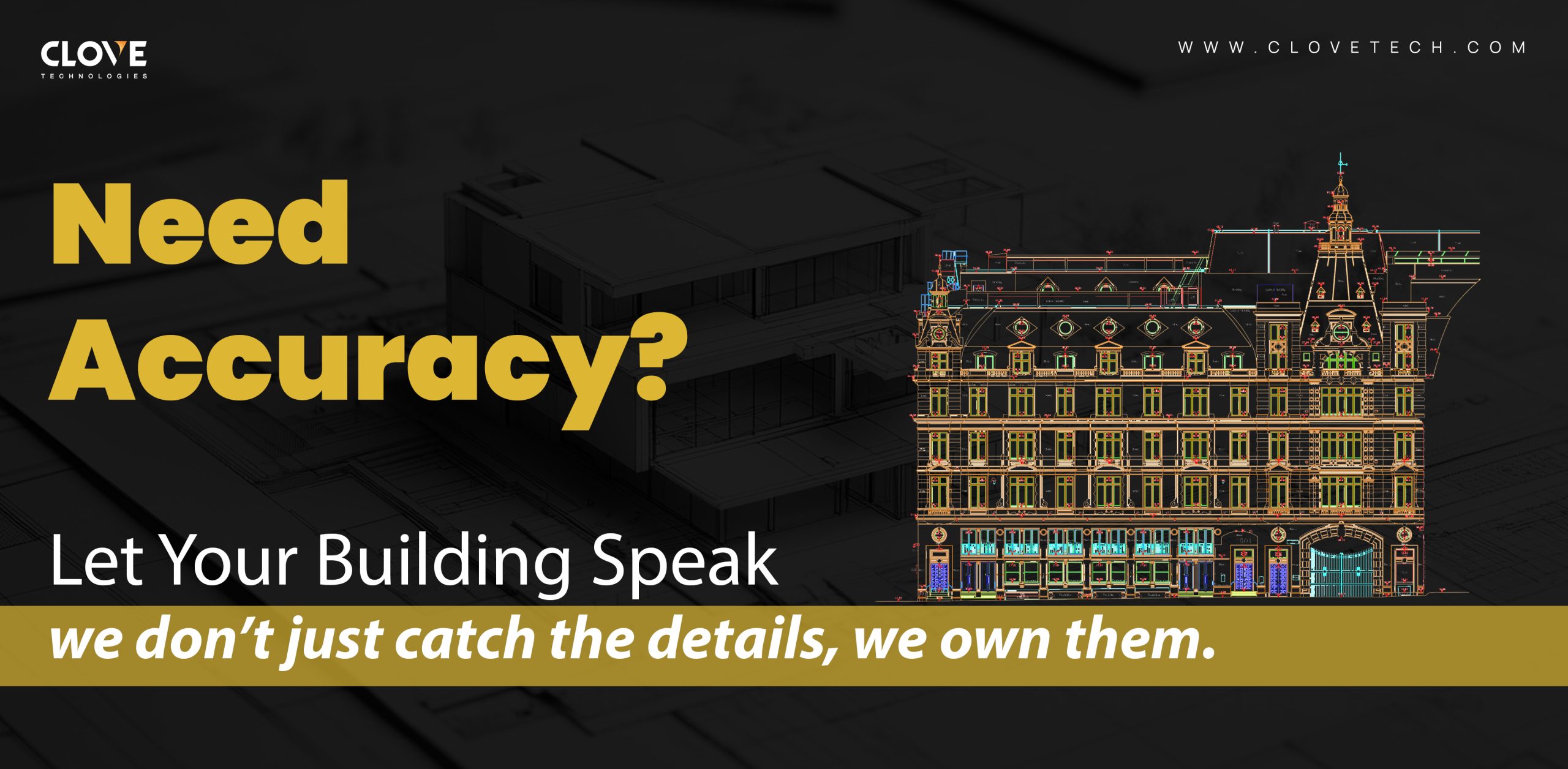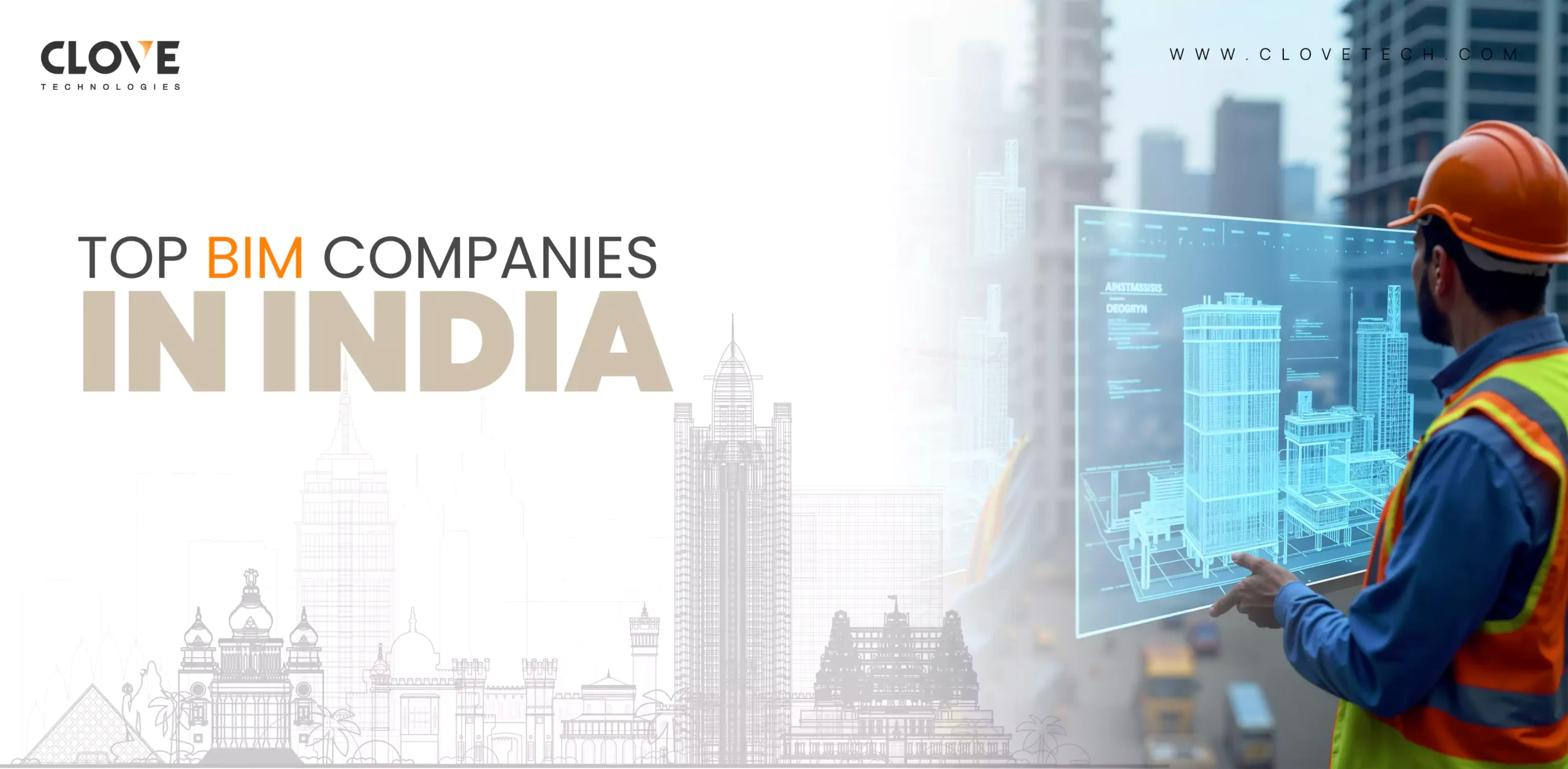
In the field of infrastructure development, the use of advanced technologies has become essential for optimizing design, construction, and management. Geospatial technology and GeoBIM (Geospatial Building Information Modeling) are two such innovations that have reshaped how infrastructure projects are planned and executed. Their integration offers unprecedented accuracy, efficiency, and sustainability, transforming how cities and infrastructures are developed. This article explores the essential aspects of geospatial technology and GeoBIM, examines their integration, and highlights how these technologies are revolutionizing infrastructure development. Additionally, we will discuss industry trends, real-world applications, and the role of companies like Clove Technologies in advancing these solutions.
Geospatial technology encompasses the tools and methodologies used to collect, manage, and analyze spatial data. This data pertains to the physical location of objects on Earth and can be captured through various techniques, including Geographic Information Systems (GIS), remote sensing, and 3D scanning.
- GIS enables the visualization, interpretation, and analysis of spatial data, helping to uncover patterns and relationships in physical environments.
- Remote sensing, using satellites or drones, captures images and data of the Earth’s surface, which can be used for environmental monitoring, urban planning, and disaster response.
- 3D scanning technologies such as LiDAR (Light Detection and Ranging), offer precise and high-resolution data collection, enabling accurate modeling of the built environment.
Together, these technologies provide a detailed understanding of spatial data, which is crucial for infrastructure planning, transportation systems, and environmental management.
GeoBIM integrates geospatial technology with Building Information Modeling (BIM) to enhance project planning, execution, and management. BIM is a digital representation of a building or infrastructure project, containing all the physical and functional characteristics of the asset. By incorporating geospatial data, GeoBIM creates more detailed models that consider not only the structure but also the surrounding environment.
- Accurate project visualization: Merging spatial data with BIM models allows stakeholders to better understand infrastructure within its real-world environment.
- Improved planning and design: GeoBIM enables detailed analysis of site conditions, helping identify potential risks early in the project lifecycle.
- Optimized resource management: The combination of geospatial and BIM data enhances resource allocation, leading to cost savings and reduced material waste.
- Enhanced sustainability: GeoBIM helps in planning eco-friendly infrastructure by assessing environmental impact and optimizing energy efficiency.
This integration improves not only design and construction phases but also facilitates efficient asset management throughout the infrastructure’s lifecycle.
The adoption of GeoBIM has significantly impacted infrastructure projects worldwide. Several industries have benefited from its implementation:
- Urban Planning: City planners use GeoBIM to design smart cities, ensuring optimal land use, transportation efficiency, and resilience to climate change.
- Transportation Infrastructure: GeoBIM aids in highway and railway development by integrating topographical data with engineering models, reducing errors and improving safety.
- Disaster Management: Governments and agencies leverage GeoBIM for risk assessment, emergency response planning, and rebuilding efforts after natural disasters.
- Energy and Utilities: Power grids and water networks benefit from GeoBIM’s precision, improving infrastructure maintenance and service delivery.
Clove Technologies specializes in GeoBIM and geospatial technology solutions, helping clients improve project efficiency, accuracy, and sustainability. Some of its key services include:
- Scan to BIM & Scan to CAD: Utilizing advanced 3D laser scanning and LiDAR, Clove Technologies converts real-world environments into precise BIM and CAD models.
- GeoBIM for Urban Planning: Integrating geospatial data with BIM models assists architects and city planners in creating sustainable and well-integrated infrastructure.
- Digital Reality Solutions: Through drone surveys, ground-penetrating radar, and 3D scanning, Clove Technologies provides high-precision geospatial data to support seamless project execution.
- Custom GeoBIM workflows: Tailored solutions enable organizations to maximize the benefits of GeoBIM, ensuring projects are executed with greater efficiency and reduced costs.
By integrating GeoBIM into infrastructure projects, organizations can achieve shorter project timelines, cost savings, and higher-quality outcomes, ultimately driving data-driven decision-making and sustainability.
Connect with Clove Technologies to explore the key benefits, real-world applications, and industry trends driving smarter, sustainable cities through advanced GeoBIM solutions. Explore the future of innovation today!
Discover more of our innovative blogs

The Best BIM Service Providers Across the USA

Why Architects Are Turning to Scan-to-CAD for Smarter Design

TOP 5 BIM COMPANIES IN INDIA TO OUTSOURCE IN 2025

Tekla vs. Revit: Choosing the Right BIM Software for Your Project
Let's Talk
Let’s discuss your requirements and see how our expertise can help on your next project.